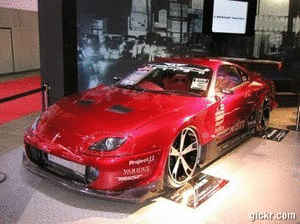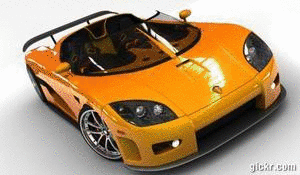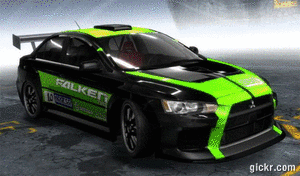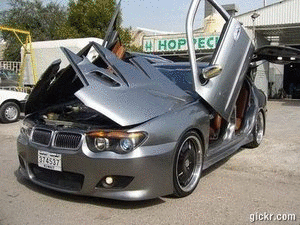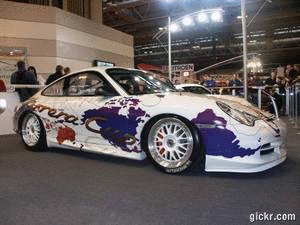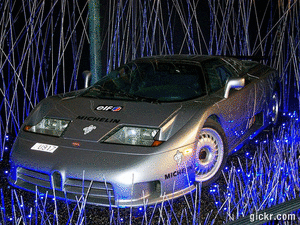Another reason gears are used is to help either decrease or increase the speed of rotation. For example, taking a large diameter gear and using it in conjunction with a small diameter gear will speed up the rotation, while in reverse using a small gear in conjunction with a large gear will slow the rotation down. Gears are often used as a method of changing the direction of the rotation. Through a series of gears, it is possible to take a counter clockwise rotation and change it into a clockwise rotation without any loss of power or rotation speed.
The way in which the gears work together based upon their size is called gear ratio. This ratio is determined based upon counting the number of teeth on the gear. For example, if one gear has 20 teeth and the gear it is connected to has 40 teeth then the gear ratio is 20 to 40 which is also written as 2:1. These numbers are purely for example purposes only and will vary in actual usage depending upon the size of the actual gears being used.
One of the largest gear sets inside of your vehicle is the transmission. Automatic transmissions make specific noises when a malfunction is occurring. An automatic transmission is a hydraulic pressure driven system that can make different noises than a manual transmission. If the transmission filter becomes plugged do to debris in the transmission, it can make a whining noise. If the fluid level is low it can cause a gurgling sound, this sound is due to the pump scavenging for fluid inside the transmission pan. Most internal failures are due to bearing, clutch or hard part failure. When such a failure has occurred the transmission can make grinding, worrring or no noise at all. When a transmission has a major failure you might hear a loud pop, this could be a drive component inside the transmission has failed causing the vehicle to stop moving.
Maintenance
Inspect fluid levels to protect gears, to have clean, debris free fluid while using high quality oil. Ensuring that these fluids are full as well as changed in accordance with your maintenance schedule is the single best maintenance you can do.
